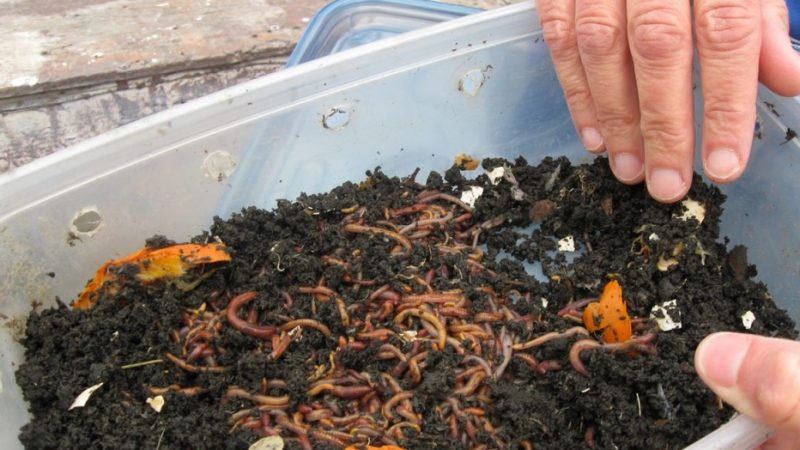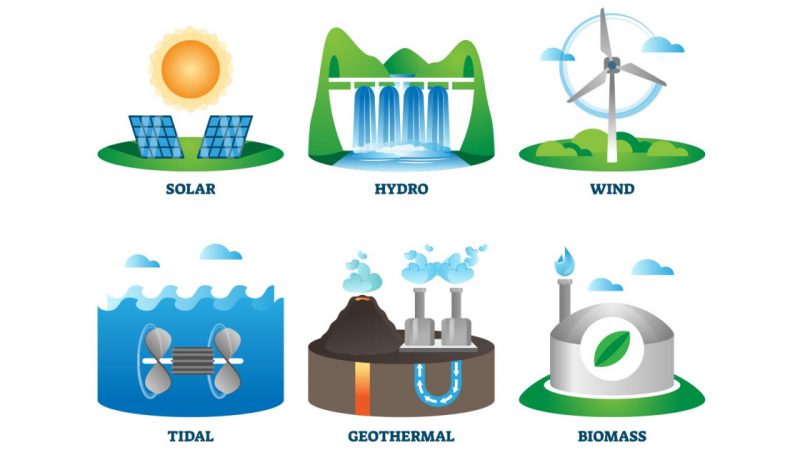Everything You Need to Know About Sustainable Clothing Products
Some consumer goods, such as food and medication, have grown more expensive as time passes, clothing is becoming cheaper. The figures are shocking.
Cheaper materials, such as polyester, also have helped keep prices low. Quartz reviews that polyester creation has increased sharply since 1980, greatly outstripping natural materials such as natural cotton and wool. Regrettably, cheap clothing has a higher cost for individuals and the earth. Synthetic materials like polyester require huge levels of energy to create, as the chemicals found in production tend to be dangerous. The working conditions in international clothing factories may also be dangerous.
Can most people afford to be eco-conscious?
One strategy is to choose lasting clothing, but buy less of it. Today, because of lower-cost “fast fashion, ” people buy a lot more clothes than they used to. There’s another solution too: Rather than shopping less, shop smarter. In the event that you know where you can look, you will get clothing that’s both best for the planet as well as for your wallet.
Why is Clothing Sustainable
What sets lasting clothing aside from fast fashion is that it’s both planet-friendly and worker-friendly. Lasting clothes are durable and ideal for many periods. They’re often created from eco-friendly materials which range from used again or recycled materials. Typically, lasting clothing companies pay their employees a fair income and provide good working conditions. Visit this website to get more insight, sustainable clothing products.
Eco-Friendly Fibers
Many people suppose that natural materials such as natural cotton are greener than artificial materials like polyester. This isn’t always the situation.
Conventional ways of growing natural cotton use vast levels of potentially dangerous fertilizer and pesticides. Although it can be done to grow natural cotton without these chemicals, even organic natural cotton still requires huge amounts of water.
The greenest materials consist of green fibers that are easy to develop or produce. They use limited drinking water and energy to create and are recyclable.
Fewer Chemicals
Another problem with most materials is the dyes used to color them. Many traditional dyes contain harmful chemical compounds and require huge amounts of drinking water to process. A lot of the dye washes from the fabric, polluting streams throughout the developing world.
This doesn’t imply that white fabric is a cleaner choice. Generally, that pure-looking, snow-white fabric is bleached with chlorine. This technique produces dioxin, a chemical substance that can cause tumor and damage your body. Also, almost all “permanent press” materials, whether white or coloured, are treated with poisonous formaldehyde.
Natural and low-impact dyes provide a greener alternate. Natural dyes such as indigo and cochineal derive from plants, pets, or pests. Low-impact dyes are low in dangerous chemicals and require less drinking water to process. Another green option is unbleached fabric that includes a natural, off-white color.
Recycling and Reuse
Another way to make clothes eco-friendly is to make sure they are from recycled materials. For instance, materials such as fleece tend to be made from plastic bottles. This transforms a waste materials product into something helpful, reducing our reliance on nonrenewable oil.
Nowadays it’s possible to make new polyester fabric by recycling old polyester clothes. Recycling uses less energy, producing less air pollution. The greenest selection of all is to reuse and recycle clothing. Recycling reduces waste materials and energy use, but reusing clothes eliminates waste material altogether. The simplest way to reusing clothing is by transferring on old clothes to new users. Simply shop at a thrift store or use hand-me-downs.
However, even though clothes begin to degrade, it’s often possible to salvage useful material. Some lasting clothing brands have made a company of reconfiguring old clothing. This sort of reuse is categorised as “reworking. ”
Worker-Friendly Workplaces
The primary concentrate of lasting fashion is to safeguard the surroundings. However, many eco-conscious designers are also worried about human rights. To become truly lasting, clothes must be produced with techniques that are safe and healthy for employees.
One method to find worker-friendly clothing is to consider American-made brands. THE UNITED STATES has much stricter health insurance and safety specifications for factories than most developing countries. When you get clothing manufactured in America, you understand that the folks who managed to get work limited hours, have a fairly safe office, and earn at least minimal wage.
You can even look for clothing that bears the Good Trade label. To earn this label, manufacturers must guarantee to pay almost all their staff a full time income wage. They need to also assure that their factories are safe and their creation is eco-friendly.
If there’s a particular make of clothing you like, visit its website to check out information about its labor methods. Try to discover where in fact the clothes are created, how much the employees earn, and the type of standards the business has because of its suppliers. In the event that you can’t find these details easily, send the business a contact to require details.






